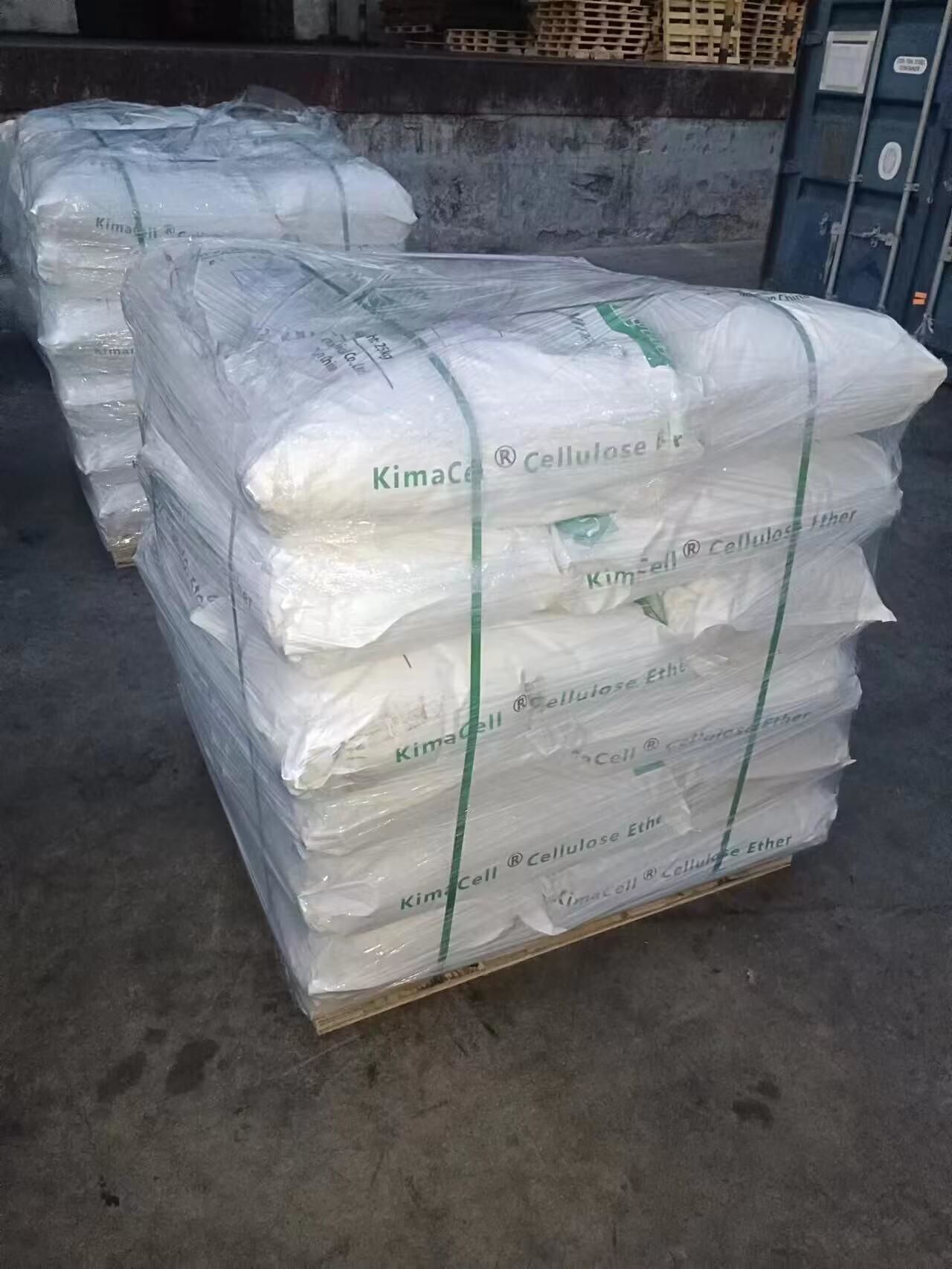Effect of Temperature on Hydroxypropyl Methyl Cellulose
Hydroxypropylmethylcellulose, also known as HPMC, is a polymer widely used in various industries such as pharmaceuticals, cosmetics, and food. Its versatility makes it a popular choice for many applications. One of the factors affecting the performance of HPMC is temperature. The effect of temperature on HPMC can be positive or negative, depending on the conditions of use. In this article, we explore the effect of temperature on HPMCs and provide an optimistic outlook on this topic.
First, let’s understand what HPMC is and how it is manufactured. HPMC is a cellulose ether derivative obtained by chemically modifying natural cellulose. It is a white or off-white powder, odorless, tasteless and non-toxic. HPMC has good water solubility, and its viscosity and gel properties can be adjusted according to the degree of substitution and molecular weight of the polymer. It is a nonionic polymer and does not react with most chemicals.
Temperature is an important factor affecting the performance of HPMC. It can affect the solubility, viscosity and gel properties of HPMC. In general, an increase in temperature results in a decrease in the viscosity of the HPMC solution. This phenomenon is due to the reduction of hydrogen bonds between polymer molecules as the temperature increases, resulting in reduced interactions between HPMC chains. The hydrophilic groups on the polymer chains begin to interact more significantly with water molecules and dissolve faster, resulting in a decrease in viscosity.
However, at low temperatures, HPMC can form gels. The gelation temperature varies according to the degree of substitution and molecular weight of the polymer. At higher temperatures, the gel structure becomes weaker and less stable. Still, at low temperatures, the gel structure is more rigid to withstand external stress and retain its shape even after cooling.
In some cases, the effect of temperature on HPMC can be beneficial, especially in the pharmaceutical industry. HPMC is commonly used as a pharmaceutical excipient, as a binder, disintegrant, and sustained-release matrix. For extended-release formulations, the drug is slowly released from the HPMC matrix over time, providing controlled and prolonged release. The rate of release increases with temperature, allowing for faster therapeutic action, which is desirable in some circumstances.
In addition to the pharmaceutical industry, HPMC is also widely used in the food industry as a thickener, emulsifier and stabilizer. In food applications, temperature is an important factor in the preparation process. For example, in ice cream production, HPMC can be used to stabilize emulsions and prevent ice crystal growth. At low temperatures, HPMC can form a gel, filling any air gaps for a more stable ice cream with a smoother texture.
In addition, HPMC is also used in the preparation of baked goods. HPMC can improve the texture and volume of bread by increasing the water holding capacity of the dough. Temperature can have a significant effect on bread making. During baking, the temperature of the dough increases, causing the HPMC to dissolve and diffuse into the dough. This in turn increases the viscoelasticity of the dough, resulting in a firmer, softer loaf.
In summary, the effect of temperature on HPMCs is a complex phenomenon that varies according to the specific application. In general, an increase in temperature results in a decrease in viscosity, while a decrease in temperature results in gelation. In the pharmaceutical industry, temperature can enhance the controlled release of drugs, while in the food industry, HPMC can stabilize emulsions, prevent ice crystal formation, and improve the texture of baked goods. Therefore, the effect of temperature on HPMC should be considered when selecting and using polymers to achieve the desired results.
Post time: Jul-03-2023

